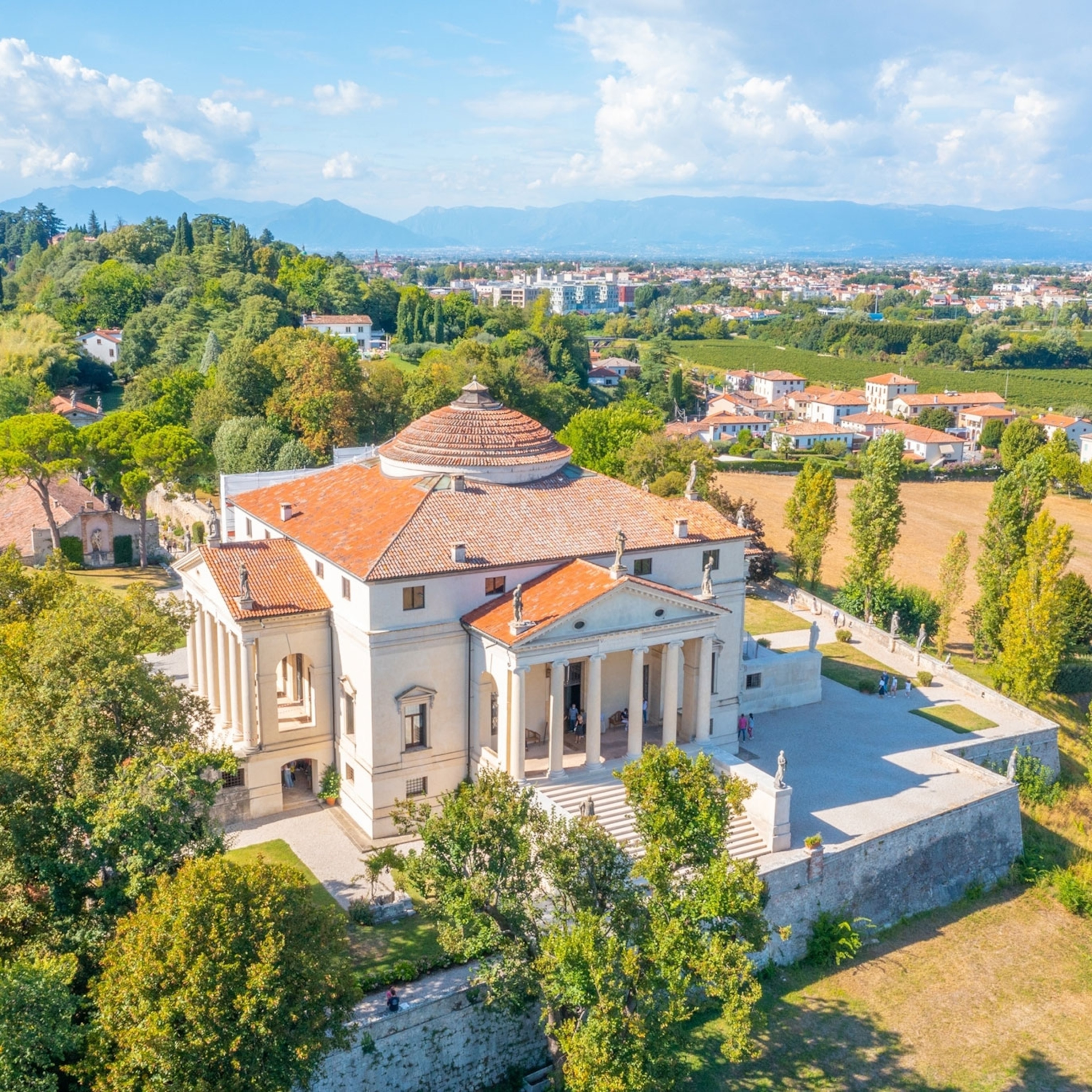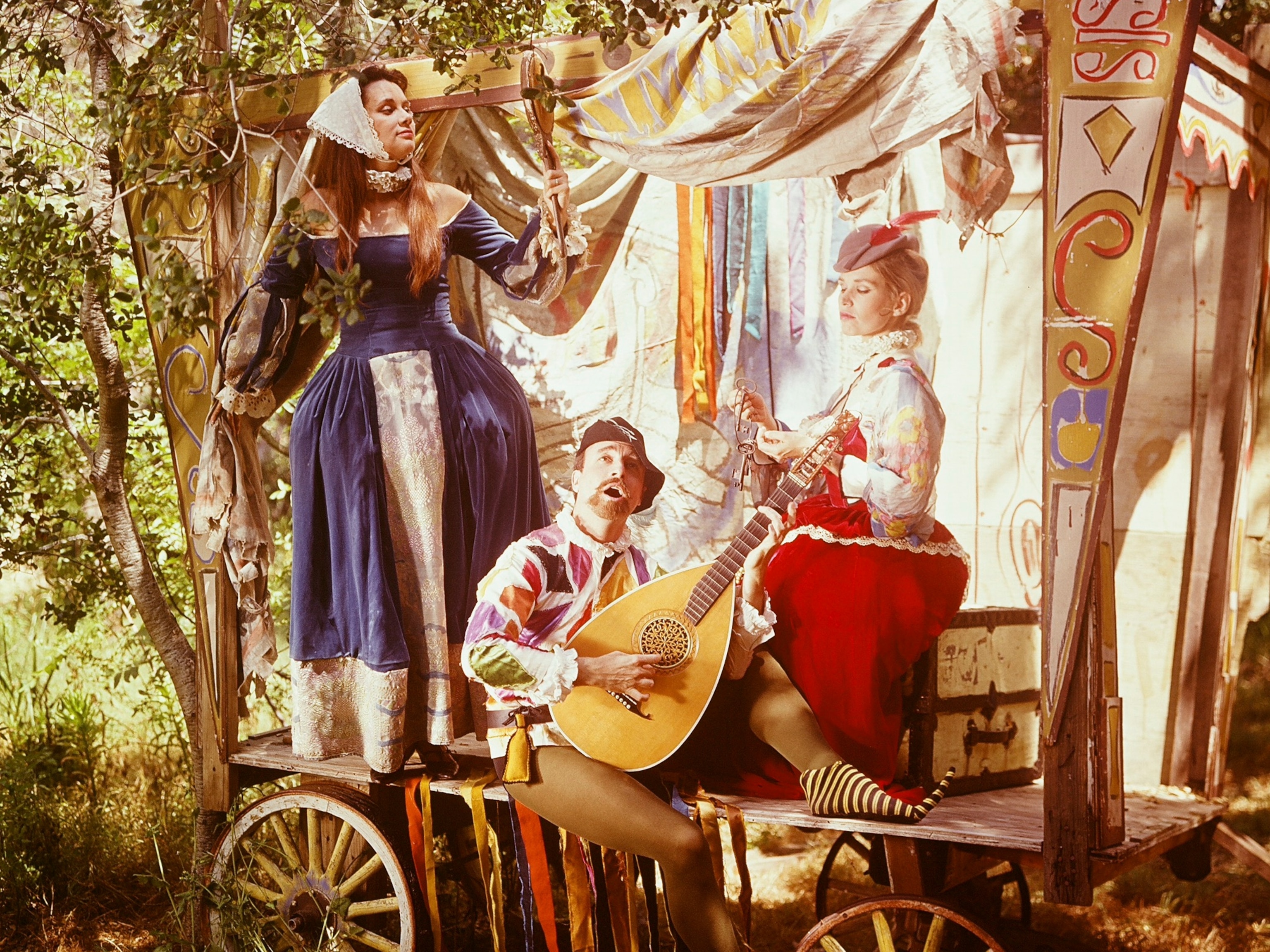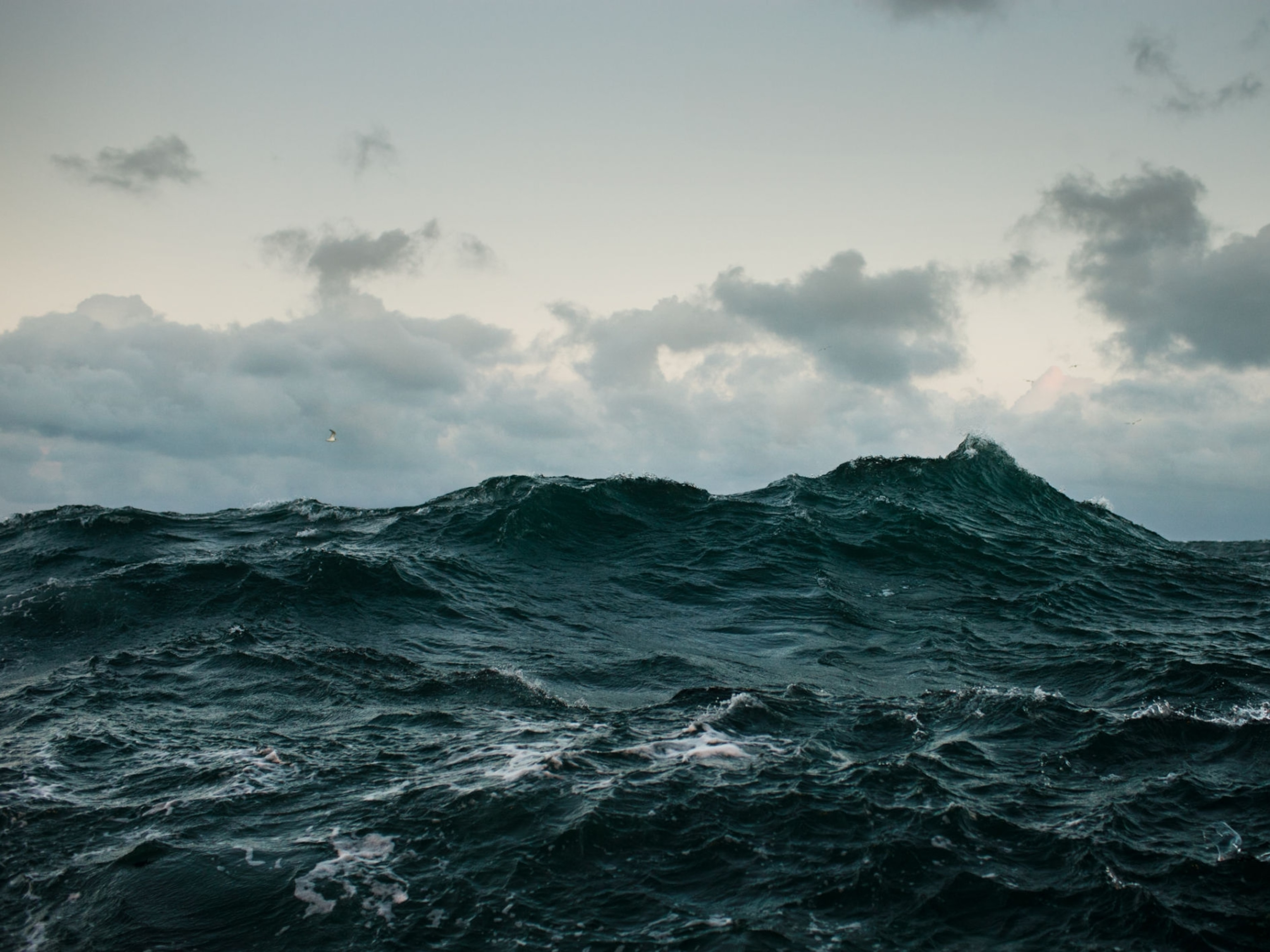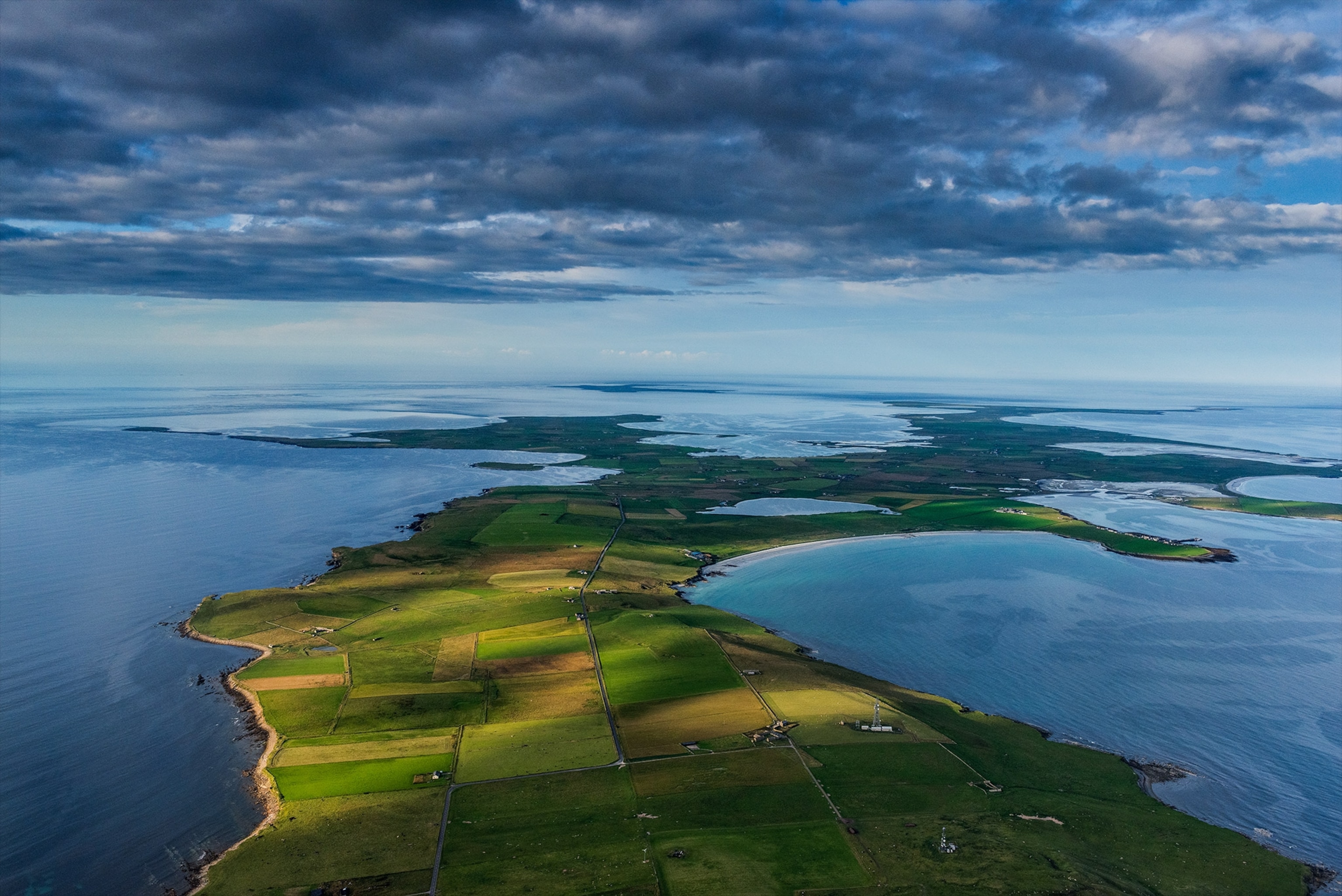
Forget Renaissance Italy—Modernity Got Going With the Vikings
The North Sea is small, but its cultural influence spread from Dublin in the west to Poland in the east, says author.
We tend to think of European civilization being born among the marble statues and bright sunshine of Renaissance Italy.
But according to the author of The Edge of The World: A Cultural History Of The North Sea And The Transformation of Europe, many key developments, from the invention of the cash economy to fashion, took place around the North Sea—bounded by Britain, France, Scandinavia, Germany, the Netherlands, and Belgium—which the Arab geographer Al Idrisi called “the sea of perpetual gloom.”
Talking from Amsterdam, Michael Pye explains how Swedish herring fishermen created one of the world’s first standardized international products, why Donald Trump is carrying on an ancient tradition by building a golf course on the North Sea coast, and how Viking women used saucy rune sticks to keep their men under their thumbs.
Obvious first question: Why did you call your book The Edge of The World?
After the fall of the Roman Empire, the North Sea was indeed the edge of the world. Beyond it was this terrifying area with sea monsters and islands that came bubbling out of the sea with great fires. It was terrifying territory—a world of myth and fantasy.
We shouldn’t talk about the Dark Ages—they were really the morning of our civilization.
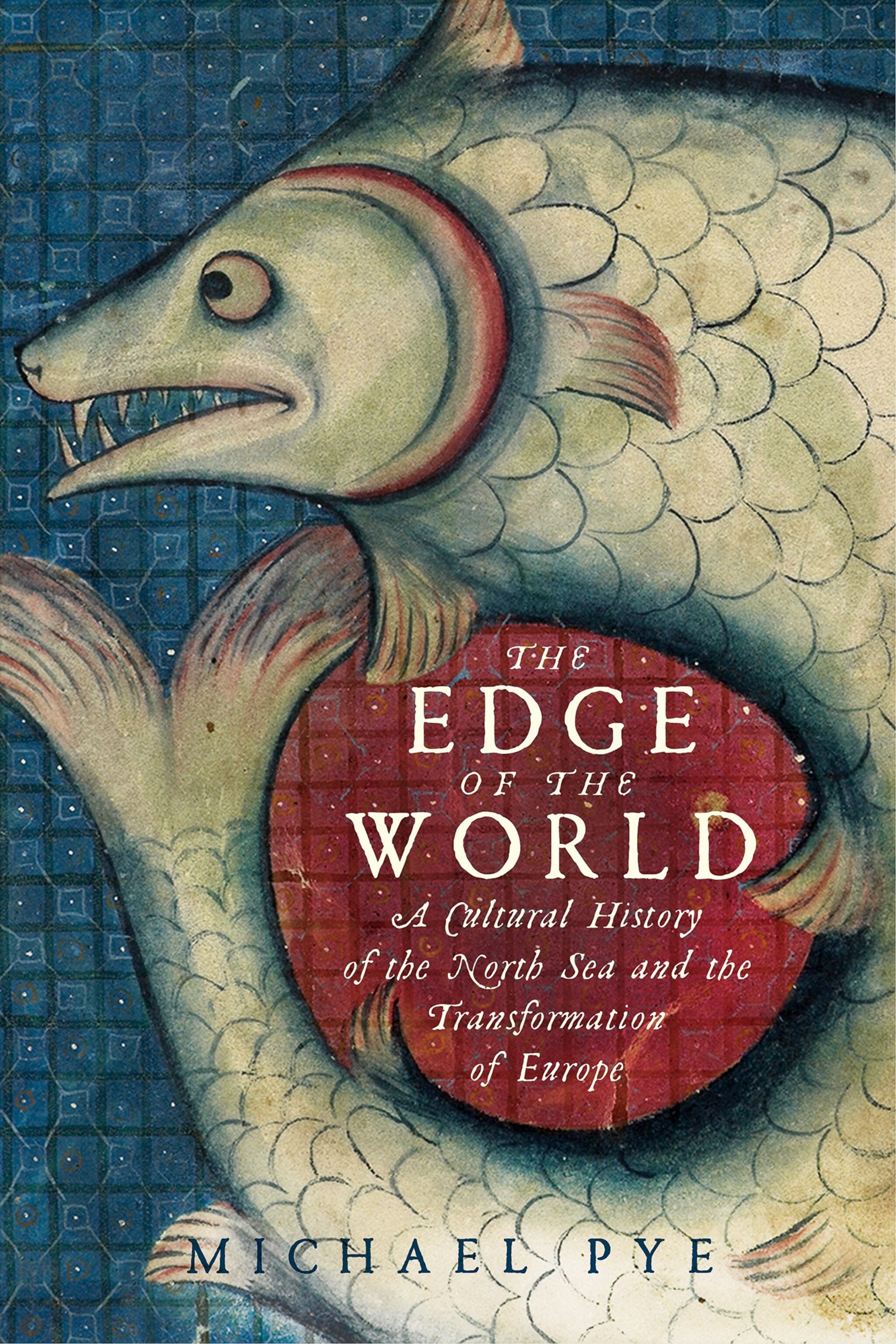
The Dark Ages are regarded as a blank page in the history of Western civilization. Have we got that wrong?
I think so. We shouldn’t talk about the Dark Ages—they were really the morning of our civilization. Early morning, before the first coffee, but it is morning. And today we’re beginning to be able to fill in this time period with details.
This was a time when people had just started to archive using words on paper. They wanted to record that they owned a bit of land or had won a battle. They don’t say much about their lives. But today through the archive of things—the archaeological record—we have the possibility of seeing how people lived then. All of a sudden, the people of the Dark Ages have lives.
We associate the birth of the modern world with the Italian Renaissance. But you say that “this cold, grey sea made the modern world possible.” Explain.
Everyone likes to say that the Renaissance brought back ancient Rome. But did it? No. Many of the things in the Renaissance were mutated old traditions that came from the north.
Take for instance, Roman law. It is suddenly rediscovered and floods the north. Everybody’s going to run their lives by Roman law. Except they didn’t. Roman law butted up against northern customs and habits, so it changed. And that’s what the modern world is. Not ancient Rome brought back, because it had never really been lost, but ancient Rome transformed.
You write that, “the idea of the seaside got between us and the story of the sea.” What do you mean?
I grew up by the seaside on the North Sea, in a place called Clacton-On-Sea. There were shingle beaches, seaweed that wrapped around your feet as you went paddling, games on the pier, and old ladies gumming down North Sea shrimp. That trivializes the importance of the sea, though, so it becomes difficult to think of it as vital to our history.
Carts didn’t have suspension, so it was really difficult to move goods by land.
Remind us of the geography. I always get the North Sea mixed up with the Baltic.
[Laughs] The Baltic is a bit off to the right. The North Sea is the sea to the east of the British Isles, and west of the Low Countries, Denmark, and Norway. It’s really an offshoot of the Atlantic. And the Baltic is an offshoot of the North Sea.
It’s a small sea, but a great sea. Its influence spread in all directions. The Vikings came across it and founded Dublin. Its sphere of influence goes as far west as Ireland and as far east as modern Poland.
You say that in the Middle Ages “the sea was easier to travel across than the land.” Explain.
The roads were not in good condition. Carts didn’t have suspension or springs, so it was physically really difficult to move goods by land. If you were in, let’s say, Ipswich, on the east coast of England, and you were trying to do business, the places you could reach by sea seemed closer because it took less time to get there. The shape of the world was very different. Ipswich is now about an hour from London. But back then it was quicker to get to Denmark, or even Bergen in Norway, than it was to get to London.
Frisians started cash and spread the habit through trading.
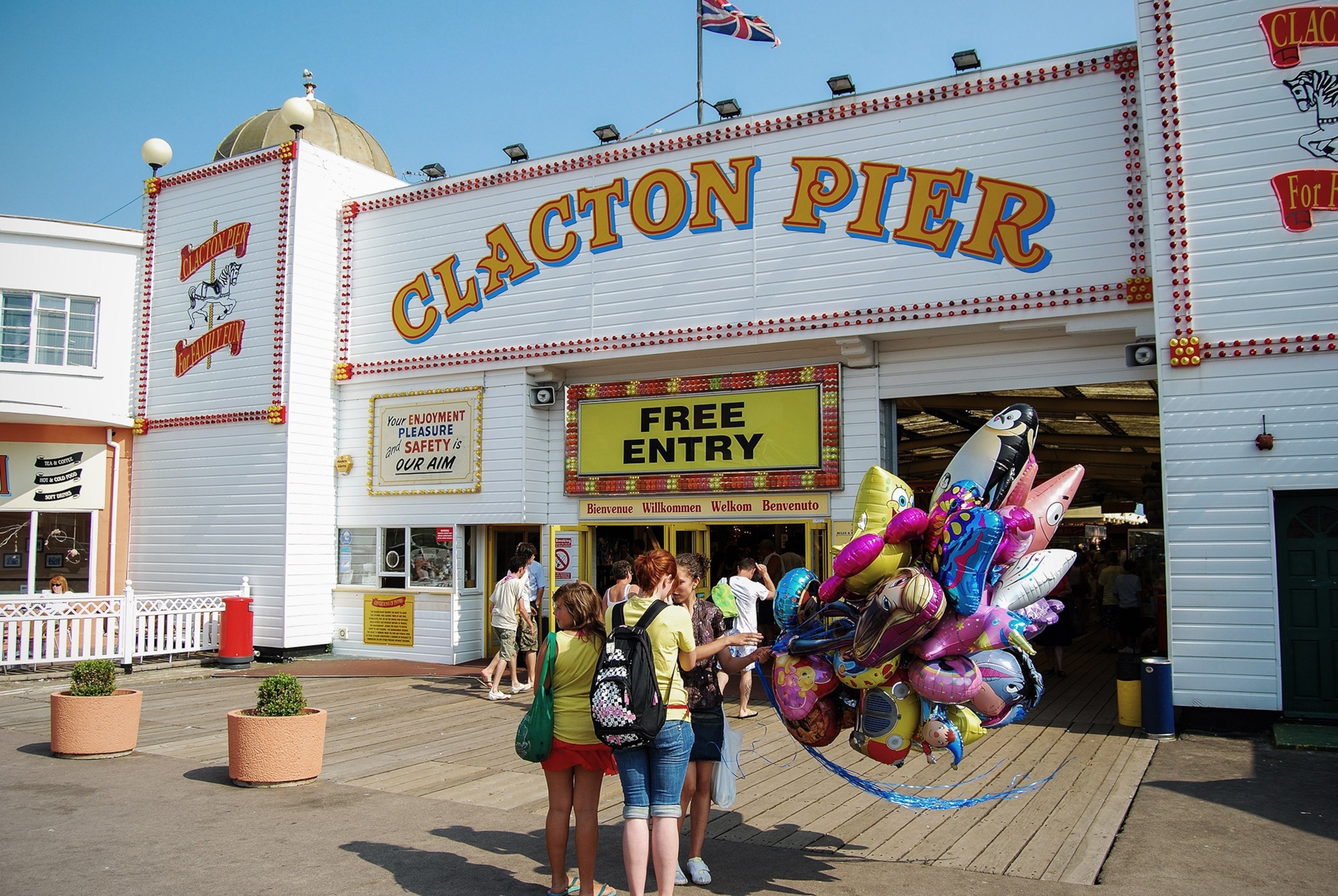
The Frisian Sea is today a remote backwater of Europe. But according to you, it’s where a key aspect of the modern world was invented. What was that?
[Laughs] When the Roman Empire fell apart, there were no coins in circulation, just gold. But you didn’t pay taxes with gold. What the Frisians did was reinvent cash. Not just coins, but cash—money you carried with you in order to do business. They were trading between different kingdoms and territories, so they had to have something that made sense to everybody. Outside Friesland, there’s very little evidence of the minting of silver coins until much later. The Frisians seemed to have started cash and spread the habit through trading.
How did cash change the world?
Because it’s more than useful. If you go out trading, as the Frisians did, and barter, you’ve got a sort of idea what items are equivalent for fair trade. But when you’re using cash, you’re bringing in mathematics. You’re making an equation, saying: This pile of pots is equal to this amount of money, which is also equal to this quantity of wine. That’s a real change in the way people thought. It’s the beginning of mathematics in everyday life.
The trade in books across the North Sea was crucial for the advancement of civilization. How did that work?
You copied. You copied like mad. This was long before the printing press, so you had to physically produce manuscripts by writing them out, with your oak gall ink and quill pens. But you had to have a copy of a book in order to make another copy. So the originals had to move back and forth across the sea. Some were practical, some were theological. And even the grandest people would copy books.
It’s exhausting to rape and pillage 12 months a year.
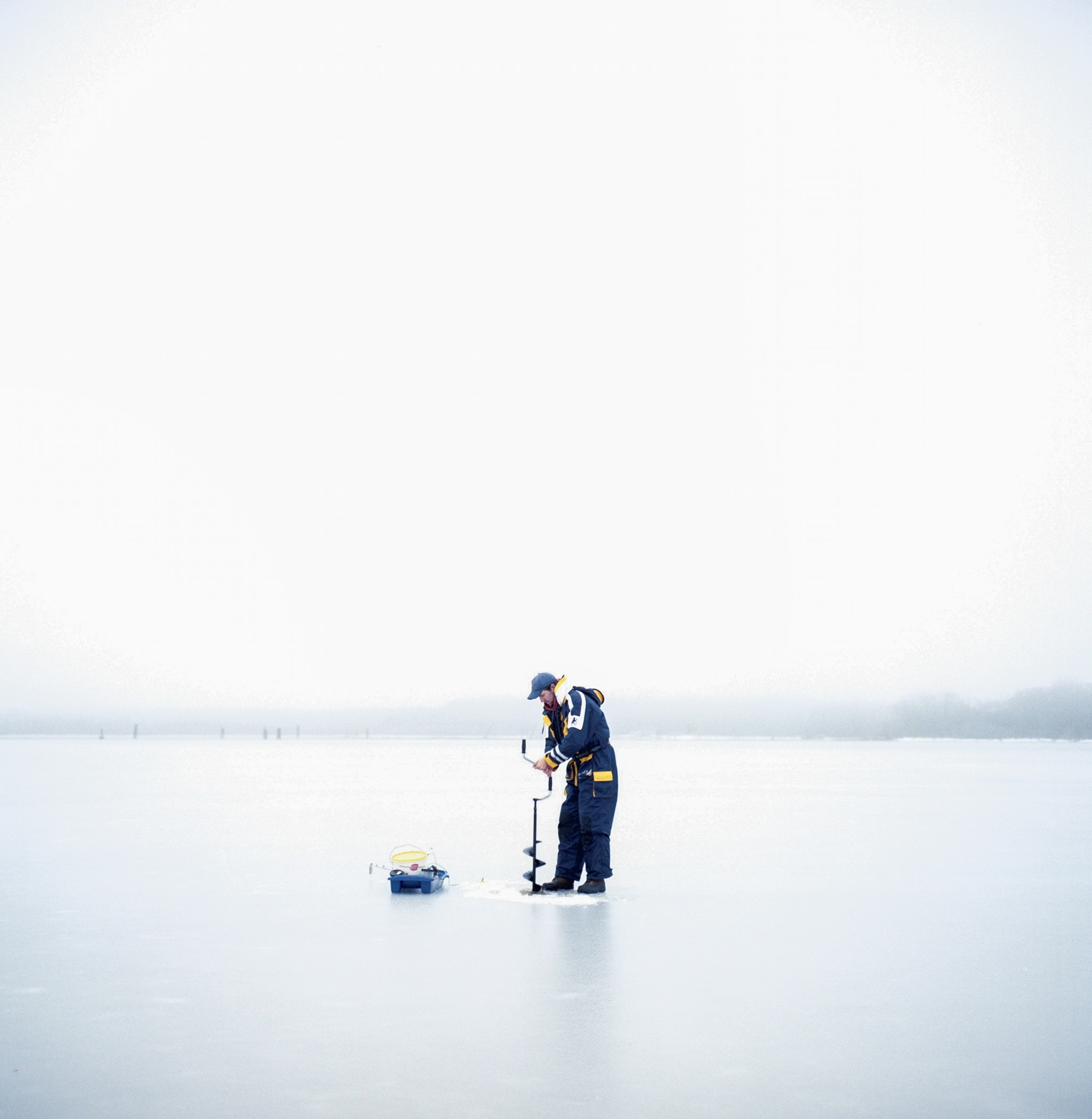
Fashions were also exchanged across the North Sea. Give us some examples.
[Laughs] I love the story of fashion. If you read the standard histories of fashion, they usually argue that fashion begins in great courts. But I don’t think that’s how it starts. For people to have an idea of fashion, they have to realize that they can dress differently, and then they have to want to.
If you read the Icelandic sagas, after a good passage of pillage and rape, the warriors would come back and worry about the length of their robes or the height of their shoes. This is really where fashion starts. The invaders see the possibility of being different and want to stand out when they get home. You just couldn’t wear last season’s kirtle in Bergen in the twelfth century [Laughs]
The TV series Vikings has brought the Norse people to a mass audience. How important were the Vikings to this story?
Hugely. Firstly because they moved so much, and changed the places that they attacked. This isn’t all a story of violence, though. It’s exhausting to rape and pillage 12 months a year. People need to settle down and have lives—they need to do business.
The Vikings helped change the nature of towns around the North Sea. Before the Vikings settled in Ireland, for example, most towns had a town center, either a monastery, a church, or a lord’s manor—and the marketplace. Everything radiated out from the center where trade occurred. When the Vikings came, that changes, because the Vikings are looking outwards to the sea. So the shape of coastal towns changed.
Fishing is the most obvious activity connected to the sea. But it takes a long time to get going, doesn’t it?
Britons had freshwater fish in large quantities, so if you were inland, you didn’t need to go out to sea for fish. And the boats weren’t big enough until about the 11th century to go out and bring back a decent load of fish. The sea fish that matters most, apart from salt cod, is herring. The beauty of herring was that you could go down to the beach in a small boat and scoop it out of the water because the shoals were so enormous. But to catch other fish, you need the ships to be able to go and get it.
Eventually, the fishermen of southern Sweden had a standardized product: 830 fish in each barrel. The barrels were marked with what in effect was a trademark, and they had a distribution network stretching from Sweden through Cologne, in Germany, down to the Low Countries, with arrangements for changing the brine or repacking the brine en route. It was the beginning of globalization.
One of the things that most surprised me is the connection you make between golf and the sea. Is that why Donald Trump wants to build a golf course on the coast of Scotland?
Colf, spelled with a “c”, was an old Dutch game that was often played on ice. It was a sailor’s game. The places where archaeologists have found the remains of old golf clubs are on the beach in the middle of fishing communities. You could take it with you too. If you’ve got a small ball and a club, you can improvise a game wherever you are. So I suppose Trump is following a great tradition [Laughs]
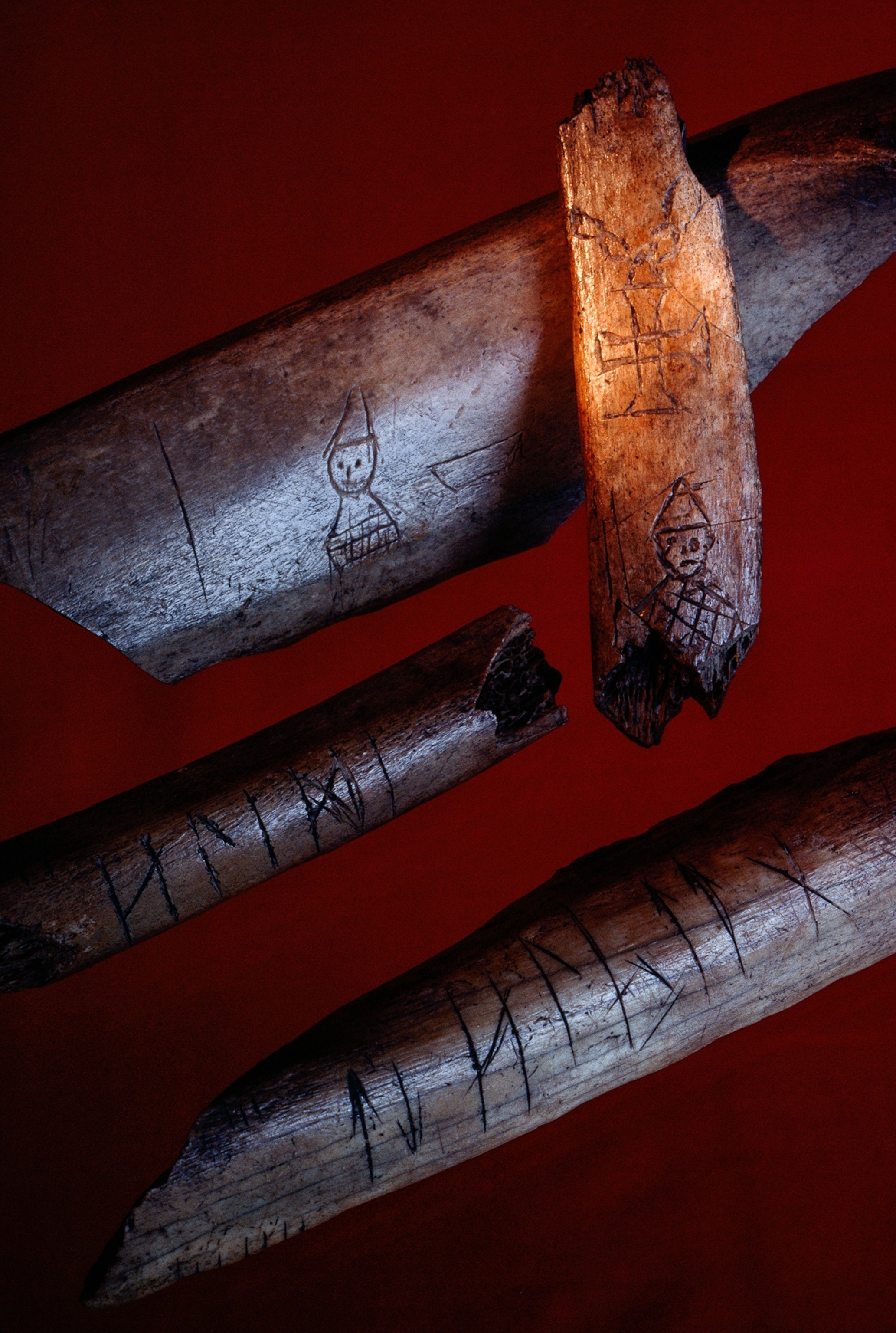
How does the history of the North Sea still inform the modern world?
In Europe, it does very much. We’re beginning to move away from 19th century nationalism, which crammed together very different regions into nation states, and get back to the identities that people feel in their hearts and souls. This is what Scottish nationalism is about. It’s what Welsh or Friesian nationalism is about. These identities matter to people. And we’re now beginning to talk about how we can use that constructively.
You traveled all over the North Sea for your researches. Give us a couple of high five moments.
Going to Bergen, in Norway. You can go up to the top of a hill, look down, and all of a sudden the whole thing makes sense. You see the line of the fjord where ships could come in. You see the islands protecting the harbor. You have a real sense of the geography that made possible what the Vikings did.
The other high five moment in Bergen was the discovery of dirty rune sticks. They’re like wide toothpicks with runes on them, a bit like graffiti. They go into detail about whom they met and what they did with her. There’s a particularly wonderful one, which I love. It just says, “You should come home now.” It was obviously written by an irate wife to a husband who’d been far too long in the bar [Laughs]
Simon Worrall curates Book Talk. Follow him on Twitter or at simonworrallauthor.com.
